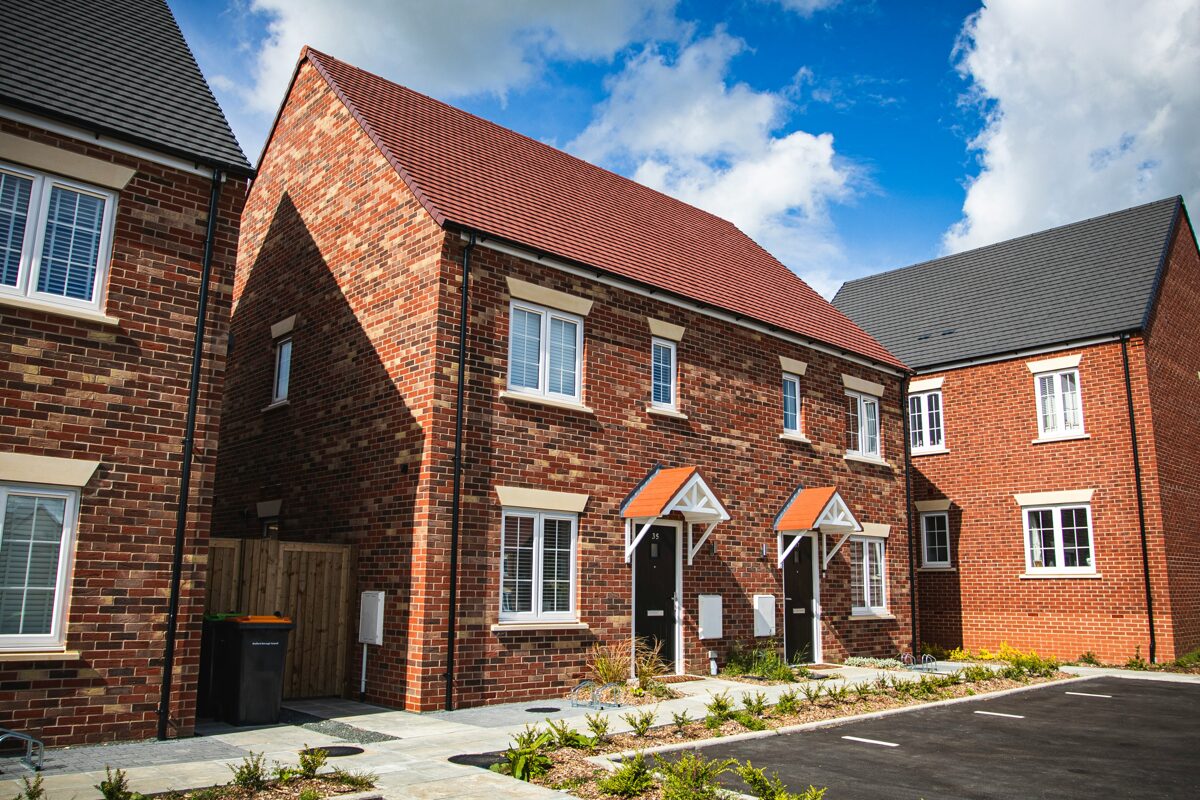Getting a House Surveyed – A Complete Guide
Buying a house is one of the biggest decisions you’ll ever make, and getting a house surveyed is an essential part of that process. A survey helps you understand the true condition of the property, uncover potential problems, and avoid costly surprises down the line. Whether you’re a first-time buyer or have been through the process before, this guide will walk you through everything you need to know about getting a house surveyed.
What Is a House Survey?
A house survey is a professional inspection of a property’s condition, carried out by a qualified surveyor. It goes beyond what you might spot during a casual viewing by looking closely at the structure, materials, and any visible issues that might affect the property’s value or safety.
Surveys come in different types and levels, depending on the age, condition, and complexity of the property, as well as your personal needs.
Why Do You Need a Survey?
Even if a property looks great on the surface, there can be hidden defects that only a trained eye will notice. These might include issues with the roof, dampness, structural weaknesses, or outdated wiring and plumbing.
A survey helps you:
-
Make an informed decision about buying the property
-
Understand any repairs or maintenance required
-
Negotiate the price based on the condition of the house
-
Plan for future upkeep and costs
Skipping a survey is a risk that many buyers regret later.
Types of Surveys Explained
1. Level 2 – HomeBuyer Report
The most popular choice, the Level 2 survey includes a detailed inspection and a clear, easy-to-understand report. It highlights urgent repairs and gives advice on any issues found. It’s ideal for homes built in the last 70-80 years that are in reasonable condition.
2. Level 3 – Building Survey
This is the most comprehensive survey, providing an in-depth analysis of the property’s structure and condition. It’s recommended for older buildings, those with alterations, or properties in poor repair. The report includes detailed advice on repairs, maintenance, and any risks.
How to Choose the Right Survey for You
The right survey depends on the property’s age, condition, and your level of comfort with potential issues.
-
If the property is modern and in good condition, a Level 2 HomeBuyer Report will usually suffice.
-
For older or unusual properties, or those needing renovation, a Level 3 Building Survey is better.
What to Expect During the Survey
When the surveyor visits the property, they will inspect visible and accessible parts, including the roof, walls, floors, windows, and services like heating and plumbing. They’ll look for signs of damage, wear, or anything unusual.
After the inspection, the surveyor prepares a detailed report, often including photographs and a summary using easy-to-understand traffic light ratings to highlight priority issues.
How Much Does a Survey Cost?
Survey costs vary depending on the type and size of the property. A Level 2 HomeBuyer Report might start around £600, while a full Level 3 Building Survey can cost £900 or more. Though it’s an additional expense, it’s a valuable investment that can save you money and stress in the long run.
Additional Tips
-
Always use a RICS-qualified surveyor for peace of mind and professional standards.
-
Ask your surveyor if you can speak to them before and after the survey to clarify any points.
-
Remember that a survey is not a guarantee but a professional assessment based on what can be seen.
-
Combine a survey with a valuation if you want to know the market value of the property as well.
Final Thoughts
Getting a house surveyed is a crucial step in the buying process. It helps protect your investment and gives you confidence in your purchase. Take the time to choose the right survey and work with a trusted professional to get the most out of it.
If you have any questions or want to know which survey is right for your property, get in touch — we’re here to help every step of the way.

